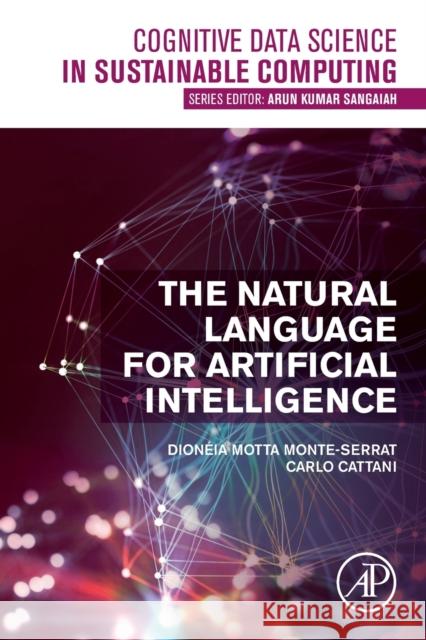The Natural Language for Artificial Intelligence » książka
topmenu
The Natural Language for Artificial Intelligence
ISBN-13: 9780128241189 / Angielski / Miękka / 2021 / 254 str.
Kategorie:
Kategorie BISAC:
Wydawca:
Academic Press
Seria wydawnicza:
Język:
Angielski
ISBN-13:
9780128241189
Rok wydania:
2021
Numer serii:
001132385
Ilość stron:
254
Waga:
4.46 kg
Wymiary:
22.86 x 15.24 x 1.35
Oprawa:
Miękka
Wolumenów:
01
Dodatkowe informacje:
Bibliografia











